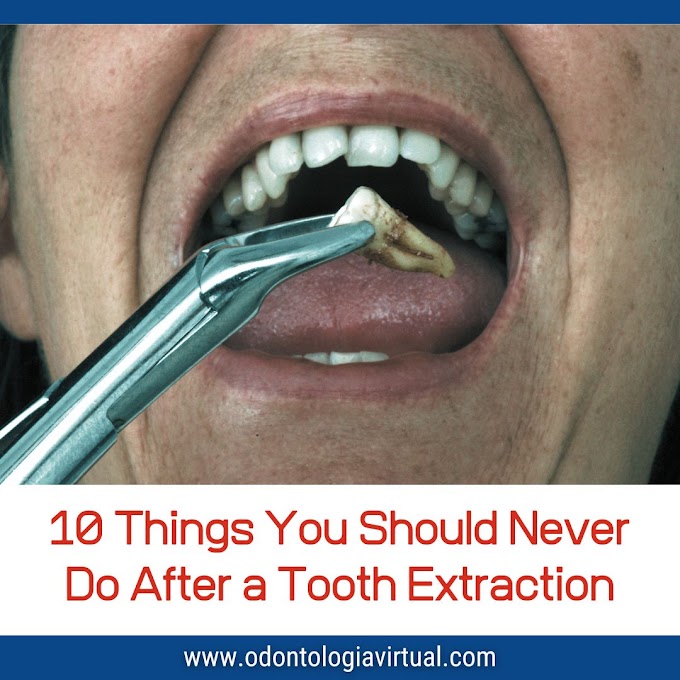Ceramic inlays were introduced to dentistry many decades back, however problems were encountered with the early types that have limited their application.
Several laboratory studies assessed factors responsible for early ceramic inlay failures. Brittle fracture, loss of retention, marginal inaccuracy and unsatisfactory esthetics of the air fired porcelain were reported to be common.
However, the evolution of many strengthened ceramic systems with sensible levels of success refreshed the attention to using ceramic restorations.
Both glass-infiltrated and pressable glass ceramics were generally able to produce inlays with acceptable strength and fit. Lithium disilicate-based ceramics also showed similar ability to provide successful restorations.
In order to save operators’ and patients’ time, machinable techniques became popular and many types of ceramic blocks/disks are currently available for either chair-side or laboratory inlay fabrication.
The compatibility of inlay-cement system materials and the durability of their bonding could additionally influence such restorations’ performance.
Therefore, the present study aimed to compare the push-out bond strength of CAD/CAM feldspar and zirconia-based ceramic inlays luted to dentin using either etch-and bond, dual-cured or onestep, self-adhesive resin cements before and after artificial aging with cyclic fatigue loading and thermocycling.
The suggested null hypothesis was that there is no difference
between bond strength values of different ceramic-cement combinations following simulated aging.












